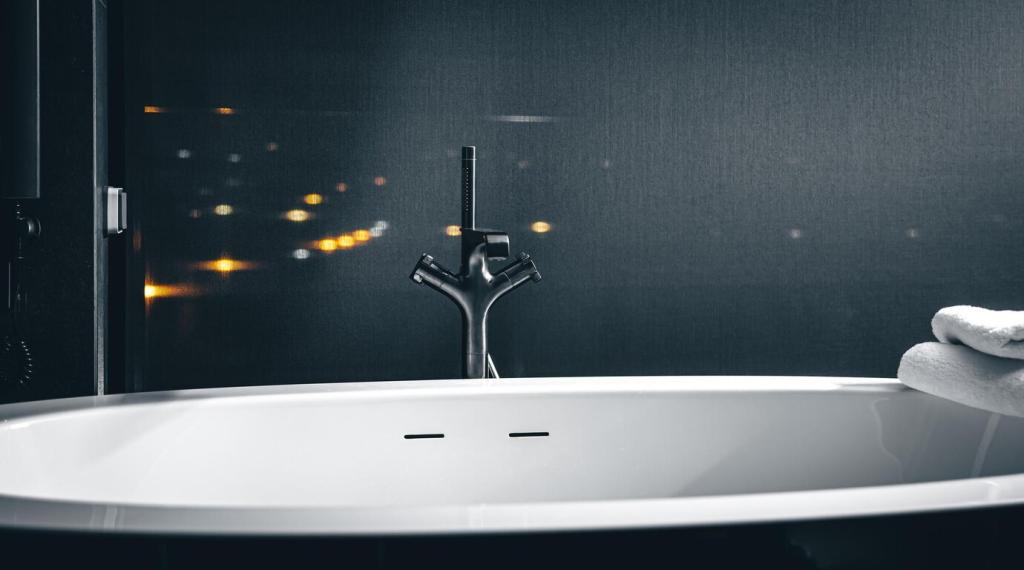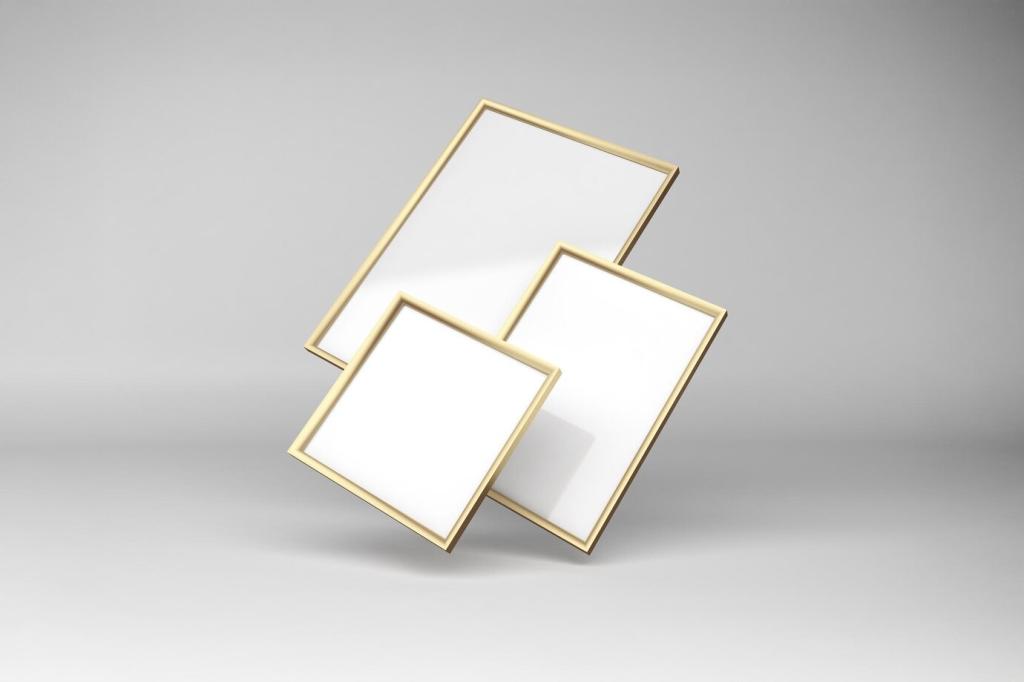The Philosophy of Less: Finding Depth in Fewer Hues
When you deliberately limit your palette, you reduce cognitive load and sharpen recognition. A single accent on a calm neutral base becomes a beacon, guiding the eye and creating memorable brand moments without shouting.
The Philosophy of Less: Finding Depth in Fewer Hues
Whitespace is a partner to color, amplifying subtle tonal shifts. A near-white gray beside a rich charcoal can feel cinematic, allowing a carefully chosen accent to sing with quiet, purposeful drama.
The Philosophy of Less: Finding Depth in Fewer Hues
Color psychology still thrives with minimalism. A tranquil blue paired with warm sand softens tech products. A vivid coral against graphite energizes calls to action. With fewer notes, emotional intention becomes unmistakably clear.


